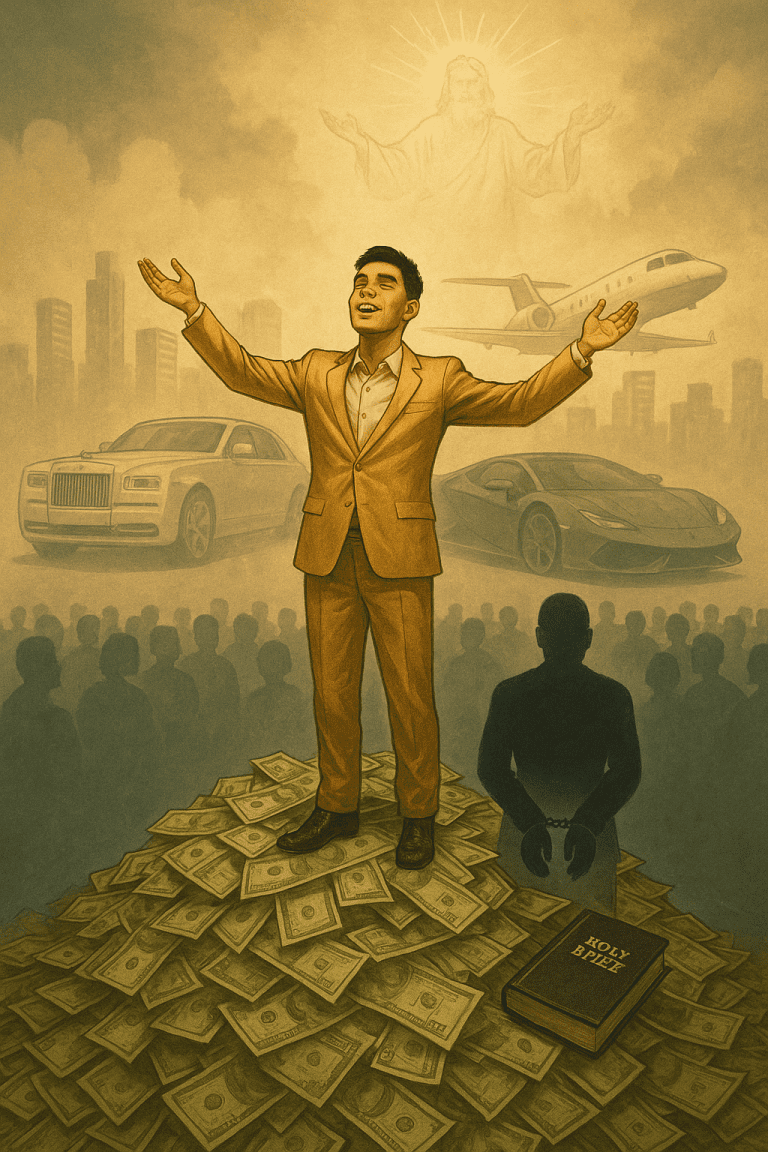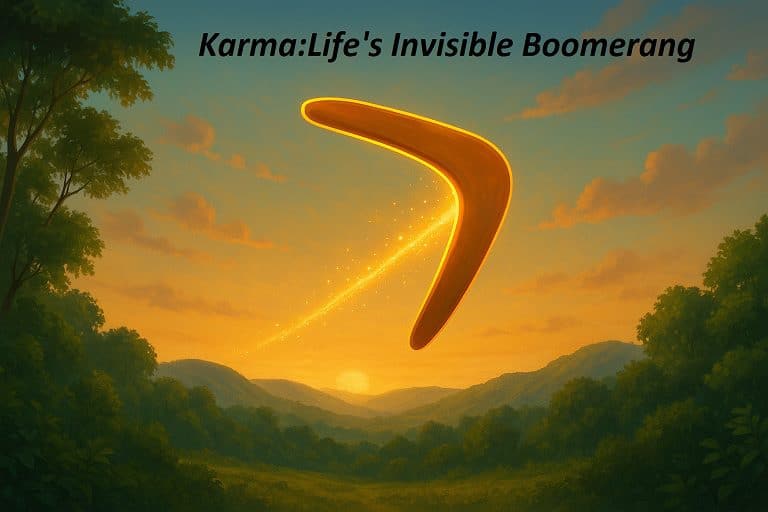Consumption Disease: When Shiny Stuff Hijacks the Human Brain
Isn’t it funny how the real important things like climate change and dangers of processed foods—things that should stop us in our tracks—barely get airtime anymore, while the latest shiny stuff gets us drooling like Pavlov’s dog?
First, it was the iPhone. Then the iPhone 2. Now we’re somewhere around iPhone 87 Pro Max with something called Dynamic Island—and folks are still lining up like it’s water in a desert.

Tech companies must be laughing all the way to the bank. Honestly, if there’s any real disease the 21st century gave us, it’s not diabetes or anxiety. It’s consumption disease—a relentless craving for new, faster, sexier… stuff.
So serious is this sickness that maybe it’s time we retired the original definition of “consumption” (tuberculosis) and updated the medical journals:
Consumption Disease (CD): A chronic psychological condition marked by obsessive desire to own, click, scroll, stream, download, and update things you never needed until a tech company said you did.
Common side effects: eye strain, debt, existential confusion, envy, and occasional madness.
Rare symptom: “Mockingbird Syndrome”—when you copy trends without knowing why.
When Outrage Becomes Marketing
Remember Rapelay? That wildly inappropriate video game that trended for all the wrong reasons—condemned by the media, yet secretly skyrocketing in downloads? That’s consumption disease at work. We denounce it publicly but download it privately.
The same thing happens every time a controversial app, influencer, or AI tool hits the internet. Outrage is the new advertising.
The Dangerous Side of Shiny Things
Our consumption disease isn’t just hilarious—it’s dangerous. One day, someone with enough smarts and enough evil might drop a glittery bomb. Not a real bomb, but a piece of irresistible content, a “superfood” additive, or a “free app” that promises the world. And like obedient piranhas, we’ll snap it up—only to find it turns us blind, broke, or permanently ad-watching zombies.
You think I’m exaggerating? Try running down your street screaming. Three people will follow without knowing why. If a TikTok influencer tells folks to drink detergent for “detox,” half the internet will try it. It’s no longer reason guiding the masses—it’s stimulus. Shiny, spicy, viral stimulus.
Who Wins in the Age of Attention?
The winners are always the same: the attention hackers—despots, tech moguls, and digital puppeteers who understand that control isn’t about weapons anymore. It’s about algorithms, notifications, and dopamine. Whoever masters attention becomes godlike. All they need to do is dangle the next shiny thing—and we’ll trade our time, data, and even dignity to have it.
The Divine Matrix Test
But what if this madness isn’t random? What if our obsession with smartwatches, selfies, and dopamine-scroll feeds is actually part of a grand Divine Matrix—a cosmic test designed to measure what it takes to wake us up? Maybe you’re being watched—not by Big Brother, but by the Big Creator. And He’s curious:
Will you trade your humanity for hype?
Your soul for subscriptions?
Stay Awake. Not Just Online.
This isn’t a call to toss your phone in the Nile (though tempting). It’s a call to wake up. Because the next shiny thing might not just rob your time—it might cost you everything.
💬 Enjoyed this post? Spread the spark — click below to share it with someone who needs a divine reminder today.







